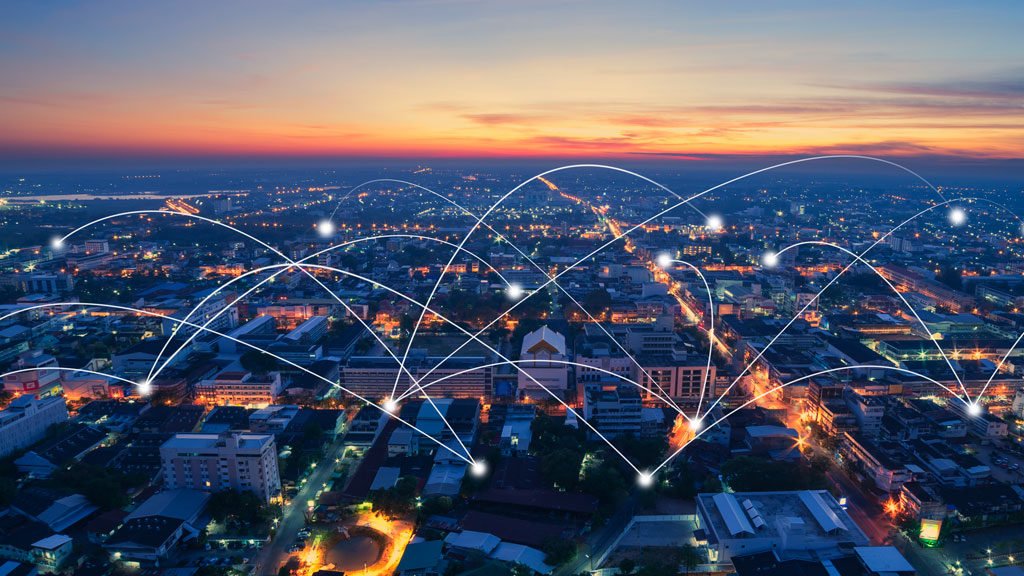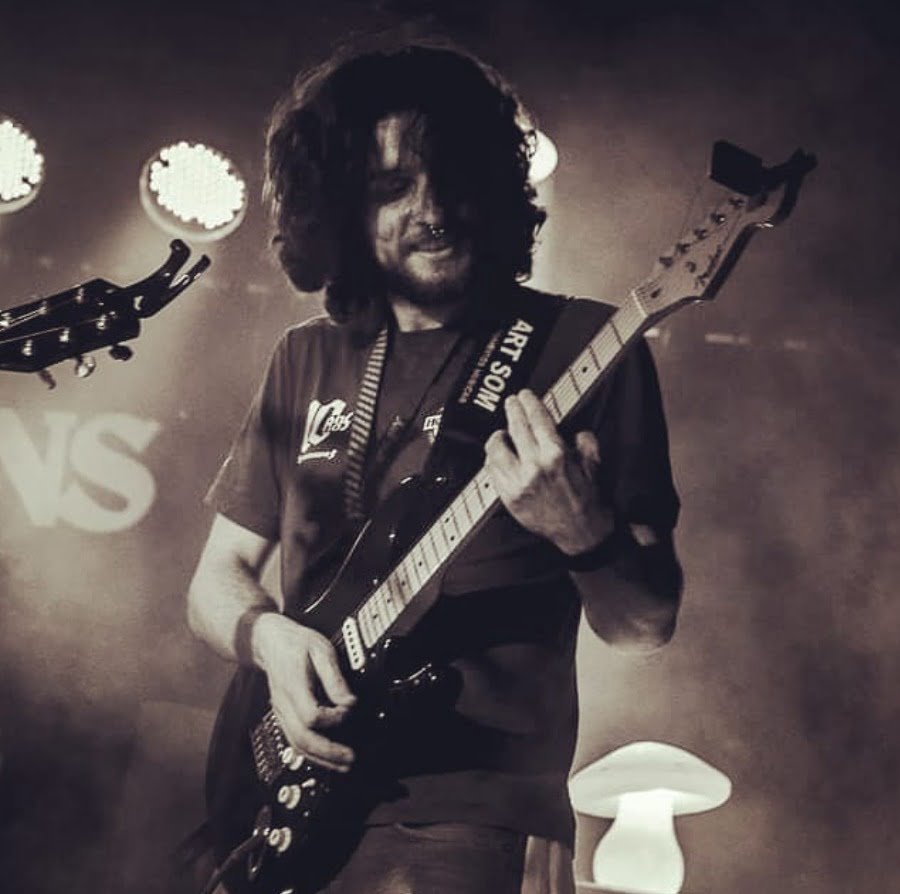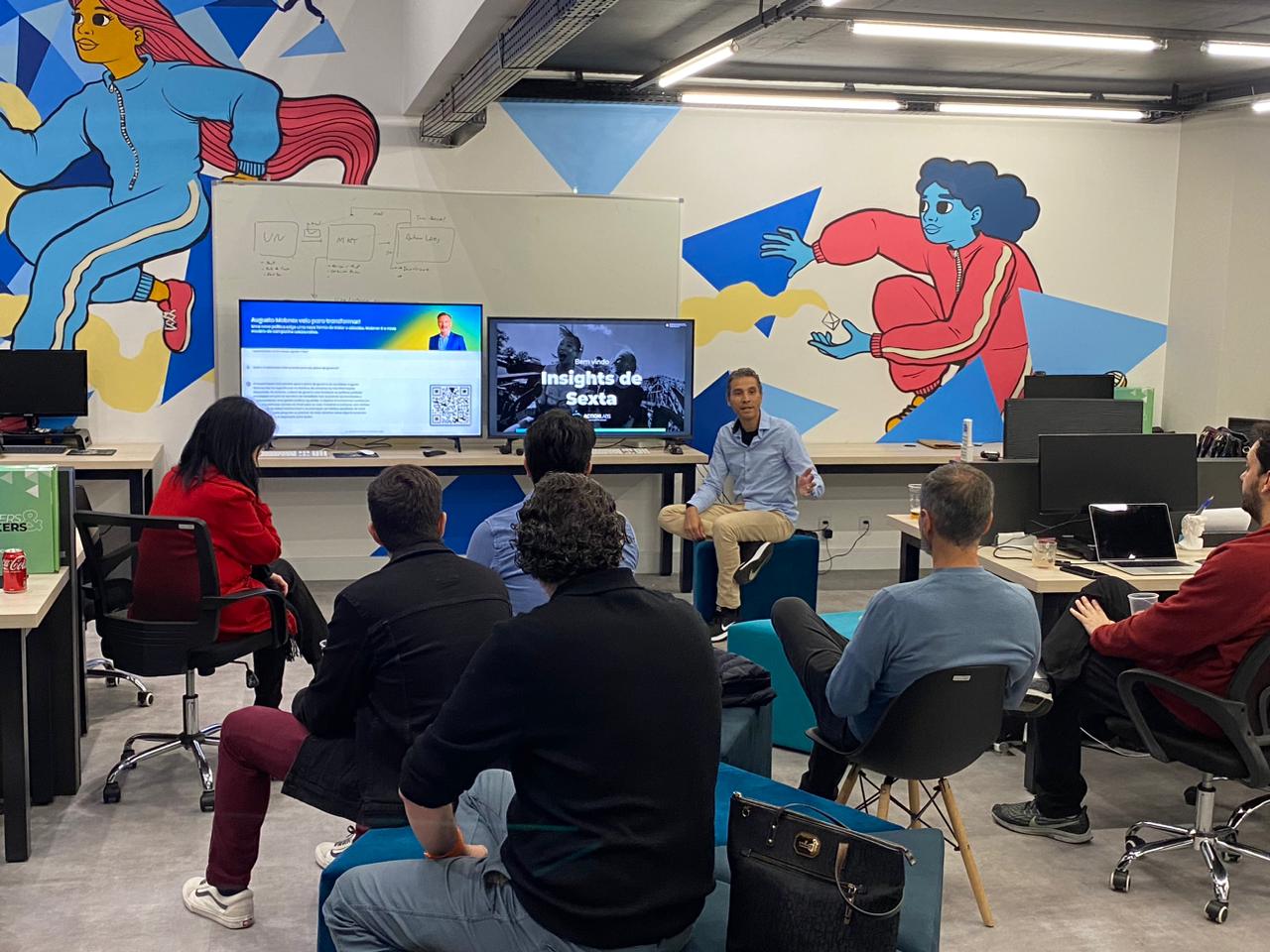The platform by the homonymous startup from Campinas uses technology and communication by Action Labs
After cities such as Riad, in Saudi Arabia, Curitiba, Juazeiro do Norte and Campinas, now it is time for Rio Claro to advance towards becoming a smart city. On January 22nd, the mayor Gustavo Perissinoto was introduced to a complete diagnosis of his city, with data regarding 150 indicators including Mobility, Energy, Health and Environment.
This data was obtained by Bright Cities, which is a platform that is capable of identifying and suggesting actions to make cities smarter and smarter. The tool includes resources which improve services, public management and people’s quality of life. With more than 208 thousand inhabitants, Rio Claro now has this exclusive methodology available so that it can accelerate its decision making processes and identify priority actions in the context of the city. The platform was conceived by Raquel Cardamone, a researcher of Unicamp and an expert in Smart Cities, and Action Labs structured it as a digital product, formulating the brand and communication strategy as well as the technological development and evolution.
But the question is: do you know what makes a smart city? Despite being a recent concept, the idea of a smart city has been part of the planning of several cities in the world for some time. Smart Cities are those which use technology in its organization process in order to improve people’s well-being wherever they are.
In the world, besides Riad, another good example of a smart city is Songdo, in South Korea. It is undoubtedly the most important city with regards to Smart Cities, after all it was the first one to be built under this concept. Traffic, traffic lights, garbage disposal and even water taxis can be controlled through wireless internet. In Brazil, Curitiba innovated in the context of sustainability by being the first city in the country to test electric cars monitored by Ecoelétrico, a fleet of cars formed in 2014 to perform public services and reduce greenhouse gas emissions.
The innovations of smart cities are not only thought about for technological development but also for the urban environment as a whole, which is something that is directly connected to the perspective of a better city – it is sectors that go from garbage collection and air pollution to social housing, after all population growth makes it necessary for mayors and governors to take action in order to maintain control over social and economic problems. This is why the right tool can in fact make a difference when assessing every situation and identifying which improvements can be made in accordance with local needs.




